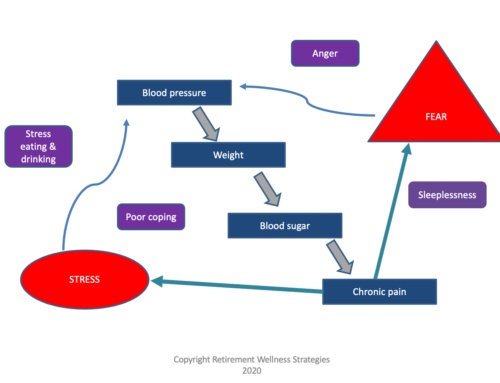 When we’re younger we learn the typical symptoms of a urinary tract infection (UTI). Burning, frequent urge to urinate, cloudy urine, pelvic pain, and sometimes fever usually accompany a UTI.
When we’re younger we learn the typical symptoms of a urinary tract infection (UTI). Burning, frequent urge to urinate, cloudy urine, pelvic pain, and sometimes fever usually accompany a UTI.
As we age, these symptoms can be quite different. Confusion is a common symptom. Yet confusion is such a nonspecific symptom, it is often misinterpreted. The person with the confusion or those around them may attribute the confusion to lack of sleep, stress, a cold, early dementia changes, or other things.
So, the point of this blog post is to help us all think of infection, and specifically UTI, when confusion occurs in someone over middle age.
Other symptoms of a UTI can include generally not feeling well (very nonspecific), more frequent urination, new-onset incontinence, and lower abdominal pain.
If a UTI extends beyond the urethra and bladder, the lower/mid back can also hurt. This can be an indication the kidneys are involved and could indicate a more severe infection. A fever does not always accompany a UTI as we age.
Any of these changes in wellbeing are worthy of a check up to include a urinalysis (check of a urine sample for bacteria).
There are several changes that occur with aging that increase risk for UTI in both women and men. For women, after menopause, atrophy of the vagina and changes in the urethra make it easier for bacteria to grow and move from one place to the other. Diabetes, incontinence, bladder prolapse (drop down), and use of a catheter also increase risk for UTI. In men, an enlarged prostate that causes any blockage of the urinary tract also increases risk.
Note, sometimes people can have bacteria in their urine and not have an infection. Your physician can determine if treatment of any bacteria that is found is warranted.
So please don’t ignore new onset confusion. Remember to check for a UTI if you experience these symptoms.
For more information, contact us at www.medsmash.com or call 410-472-5078.
For further application, check out my personal blog.



